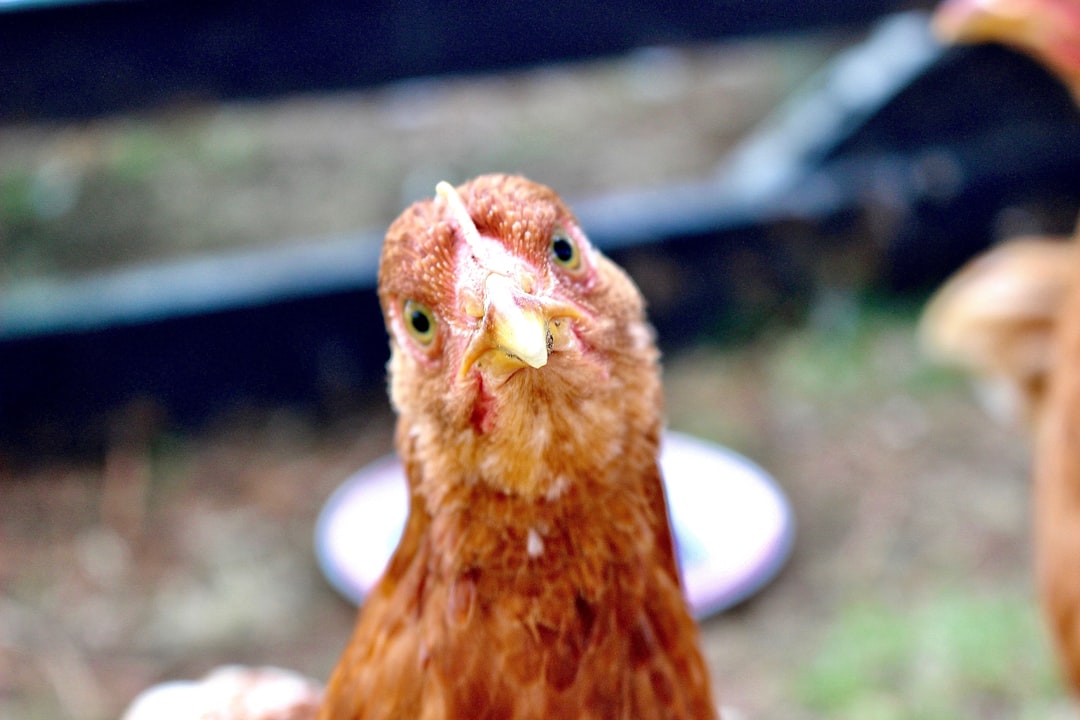Precision poultry farming represents a significant shift in how poultry operations are managed, leveraging advanced technologies like sensors and data analytics to optimize production efficiency and bird health. This approach involves integrating various tools and strategies to create a more sustainable, efficient, and humane poultry industry. Here’s a comprehensive overview of how precision poultry farming uses sensors and data analytics to enhance production and health outcomes.
1. Role of Sensors in Precision Poultry Farming
Sensors play a crucial role in precision poultry farming by providing real-time data on environmental conditions and bird behavior. These sensors can monitor:
-
Environmental Conditions: Temperature, humidity, and air quality are continuously tracked to ensure optimal conditions for bird health and productivity.
-
Feed and Water Management: Automated systems monitor feed and water consumption, allowing for precise adjustments to meet the needs of the flock.
2. Data Analytics for Informed Decision-Making
Data analytics transforms raw data into actionable insights, enabling farmers to make informed decisions about feed management, health monitoring, and environmental conditions.
-
Feed Efficiency: Analyzing feed conversion ratios helps optimize feed usage, reducing waste and enhancing production efficiency.
-
Health Monitoring: Data on health indicators and mortality trends allows for proactive management of bird health, reducing disease risks.
3. Predictive Analytics for Disease Prevention
Predictive analytics is a powerful tool in precision poultry farming, enabling farmers to anticipate and prevent disease outbreaks.
-
Disease Forecasting: By analyzing patterns in health data and environmental conditions, predictive models can forecast disease risks, allowing for early interventions.
-
Biosecurity Strategies: Advanced monitoring systems and predictive analytics help implement robust biosecurity measures to safeguard the flock.
4. Artificial Intelligence (AI) Applications
AI applications are increasingly used in poultry health monitoring to enhance decision-making and improve bird welfare.
-
AI-Powered Disease Detection: AI can quickly identify disease symptoms, enabling prompt action to prevent outbreaks.
-
Automated Health Monitoring: AI-driven systems continuously monitor bird health, providing real-time insights for better management.
5. Future Directions and Challenges
While precision poultry farming offers numerous benefits, it also presents challenges such as high initial costs and data security concerns.
-
Technological Advancements: Ongoing advancements in IoT and AI technologies are expected to address these challenges, making precision farming more accessible and secure.
-
Sustainability and Efficiency: By optimizing resource use and reducing waste, precision poultry farming contributes to a more sustainable food system.
Conclusion
Precision poultry farming represents a significant leap forward in the poultry industry, leveraging sensors and data analytics to optimize production and enhance bird health. By embracing these technologies, poultry farmers can improve efficiency, reduce disease risks, and contribute to a more sustainable and humane food production system. As technology continues to evolve, the potential for precision poultry farming to transform the industry will only grow, offering a brighter future for both producers and consumers.
Citations:
- https://www.srpublication.com/precision-poultry-farming/
- https://www.celeritasdigital.com/data-analytics-for-improving-poultry-production-efficiency/
- https://www.wisenetix.com/blog/precision-poultry-farming-what-s-yet-to-come
- https://www.celeritasdigital.com/monitoring-poultry-health-with-iot-smart-management-guide/
- https://avinews.com/en/the-role-of-technology-in-ensuring-sustainable-poultry-production/
- https://essfeed.com/top-10-ai-applications-enhancing-poultry-health-monitoring/
- https://site.caes.uga.edu/precisionpoultry/
- https://avinews.com/en/advancing-poultry-health-the-role-of-predictive-analytics-in-disease-prevention/

Comments
No comments yet. Be the first to comment!
You must be logged in to comment. Login